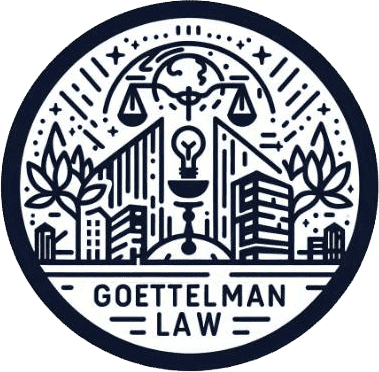The emergence of non-fungible tokens (NFTs) has revolutionized the digital art and collectibles market, providing artists and creators with a new medium to monetize their work. However, the digital nature of NFTs also raises significant concerns regarding copyright infringement. As the NFT space continues to expand, it is imperative for creators to understand and implement strategies to protect their intellectual property effectively.
Understanding the Risks
Before delving into protection strategies, it’s essential to recognize the risks associated with NFTs. The ease of copying and distributing digital files can lead to unauthorized replication and sale of NFTs, often without the original creator’s consent. This not only undermines the value of the NFTs but also infringes upon the creator’s copyright.
Proactive Measures for Protection
1. Watermarking: Adding a visible watermark to digital art before sharing images online can serve as a deterrent to potential infringers and prove ownership if disputes arise.
2. Low-Resolution Previews: Sharing only low-resolution versions of artwork can prevent high-quality unauthorized copies while still allowing potential buyers to view the pieces.
3. Copyright Notices: Clearly stating copyright notices on websites and social media platforms where the artwork is displayed can reinforce the creator’s legal claim to their work.
4. Platform Policies: Creators should choose NFT platforms that have robust policies and mechanisms in place to address copyright infringement, including the ability to remove pirated art.
5. Smart Contracts: Utilizing smart contracts that define the rights and limitations associated with the NFT can help enforce the terms of use and distribution.
6. Legal Counsel: Consulting with legal professionals who specialize in intellectual property law can provide creators with guidance on protecting their work and pursuing legal action if necessary.
Legal Recourse and Enforcement
In the event of copyright infringement, creators have several legal avenues to pursue:
1. Cease and Desist Letters: Sending a cease and desist letter to the infringer can be an effective first step in halting unauthorized use of the NFT.
2. DMCA Takedowns: For infringements occurring on online platforms, filing a DMCA takedown notice can lead to the removal of the infringing content.
3. Litigation: If necessary, creators can resort to litigation to seek damages and enforce their copyright claims.
### The Role of Community and Advocacy
The NFT community plays a vital role in protecting creators’ rights. Community-driven initiatives can help raise awareness about copyright issues and support creators in enforcing their rights. Additionally, advocacy for clearer regulations and industry standards can contribute to a more secure environment for NFT creators.
Conclusion
Protecting NFTs from copyright infringement requires a combination of proactive measures, legal strategies, and community support. By taking these steps, creators can safeguard their
intellectual property and ensure that the value of their digital assets is preserved. As the NFT market matures, it is likely that more sophisticated protection mechanisms will emerge, further empowering creators in the digital age.
